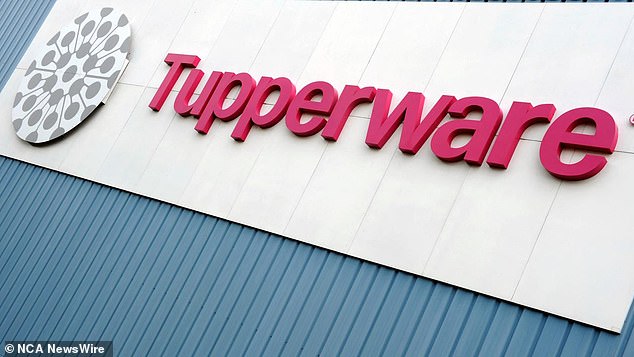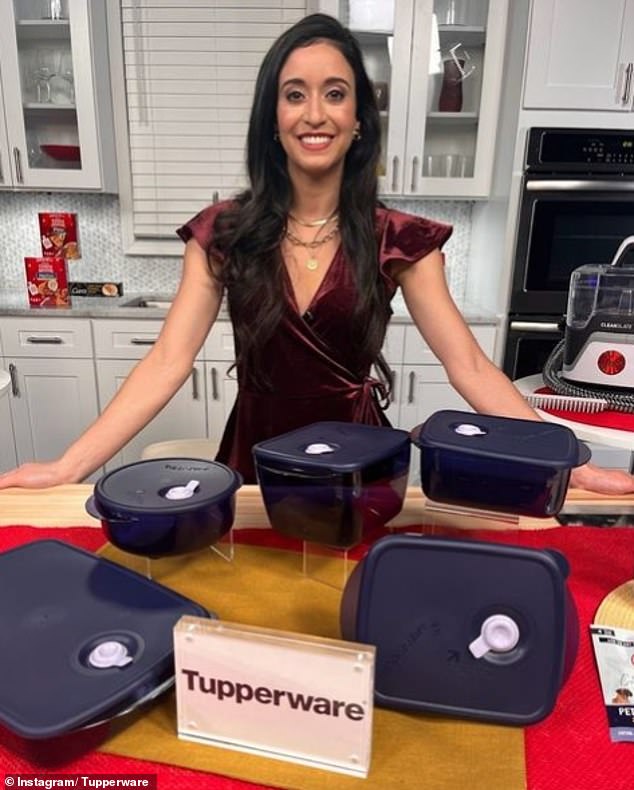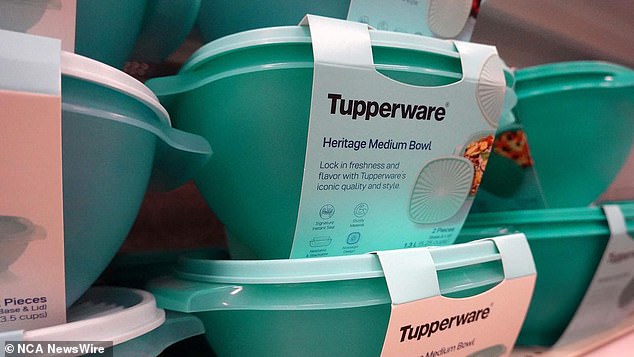Iconic global Tupperware company, Tupperware Brand Corporation, and some of its subsidiaries have filed for Chapter 11 bankruptcy, citing declining sales.
In a statement, the company confirmed that it had initiated the process in the United States Bankruptcy Court for the District of Delaware.
Tupperware was known for its colorful, airtight plastic containers, primarily useful for storing food.
Despite a brief hiatus during the Covid-19 pandemic, the company revealed it was seeking court approval to facilitate a sale process for the business.
“Tupperware will seek the Court’s approval to continue operating during the proceedings and remains focused on providing its customers with its innovative and award-winning products through Tupperware sales consultants, retail partners and online,” said Laurie Ann Goldman, president and CEO of Tupperware.
First founded in the 1940s by chemist Earl S. Tupper in Massachusetts, the brand rose to prominence during the 1950s and 1960s when sales representatives hosted Tupperware parties to boost sales of new products.
Last year, the company disclosed that it was in a “difficult financial situation” and said in a filing with the U.S. Securities and Exchange Commission that it would miss a deadline to file an annual report.
Tupperware has appointed a new management team and outlined a strategic plan to modernize operations, saying it had made “significant progress.”
Tupperware Brand Corp and some of its subsidiaries have filed for Chapter 11 bankruptcy in the United States, the company announced on Wednesday. Photo: AFP

The recent filing of the application came after a period of declining sales for Tupperware. Photo: AFP
This follows a period of declining sales during a “difficult macroeconomic environment” that affected its financial position.
“As a result, we explored numerous strategic options and determined that this is the best path forward,” Goldman said.
‘This process is intended to provide us with essential flexibility as we pursue strategic alternatives to support our transformation into a digital and technology-enabled company, better positioned to serve our shareholders.’
Ms. Goldman said numerous strategic options were explored before deciding to file for Chapter 11.
“Whether you are a dedicated member of our Tupperware team, sell, cook or simply love our Tupperware products, you are part of our Tupperware family,” he said.
“We plan to continue serving our valued customers with the high-quality products they love and trust throughout this process.”
Speaking to the Daily Mail Australia, Queensland University of Technology business and retail expert Professor Gary Mortimer said the company has failed to innovate and attract younger customers.
She explained that there are fewer people at home than in the 1960s and, with women working outside the home, there is less appeal for Tupperware parties, the traditional method of selling where consultants would go to the host’s home to sell the range of products to friends and neighbours.
Over the years, the direct sales model has generally suffered with the rise of e-commerce and demographic changes that have led to smaller households and the convenience of individual meals, meaning people are cooking less in large quantities.

Tupperware has seen its market dominance threatened by competition from other popular brands including Rubbermaid, Glad, Pyrex and Oxo.
“Tupperware is a brand that has a history of over 75 years. It grew in the 1950s, 1960s and 1970s through product innovation and creating innovative kitchenware solutions,” Professor Mortimer explained.
‘But today, there is a significant range of competing products on the market, and the degree of innovation that can be adopted in food storage has its limits.
He said that because of the durability of the product, meaning many Australians kept their Tupperware for years,
‘Part of the problem is the durability and life expectancy of the product itself.
“It’s presented as a high-quality product, not the sort of thing you’d buy on a regular basis every year or so. I’m sure there are plenty of kitchens in Australia with a couple of Tupperware in it.”
He said people tend to cook less for large groups and instead opt for easy delivery options, meaning there is less demand for storage containers.
“Data from the Australian Bureau of Statistics shows we also have smaller families and are more likely to live in smaller homes, which means less cooking in large quantities,” Professor Mortimer said.
‘People are no longer preparing large meals and storing them, and are opting for more convenient, portion-controlled meals in a single dish and consuming them in disposable containers.’
Professor Mortimer added that the consumers the brand first attracted in the 1960s and 1970s are now in their eighties and nineties, and the brand does not resonate in the same way with others.
She explained that the brand is not advertised on TV or social media, and customers do not see it in stores, meaning it does not reach a younger audience, while similar products are popular on the shelves of supermarkets such as Coles and Woolworths, which people tend to choose instead.
‘When it started, it had the support of a party plan business model, and it worked very well through network selling.
“But now, moms and dads are working, the business model for party plans has diminished. Moms are no longer at home, they are working.”


